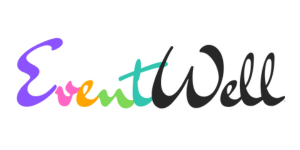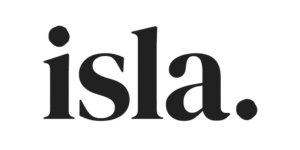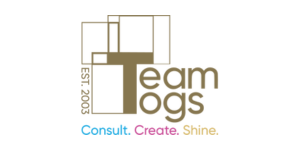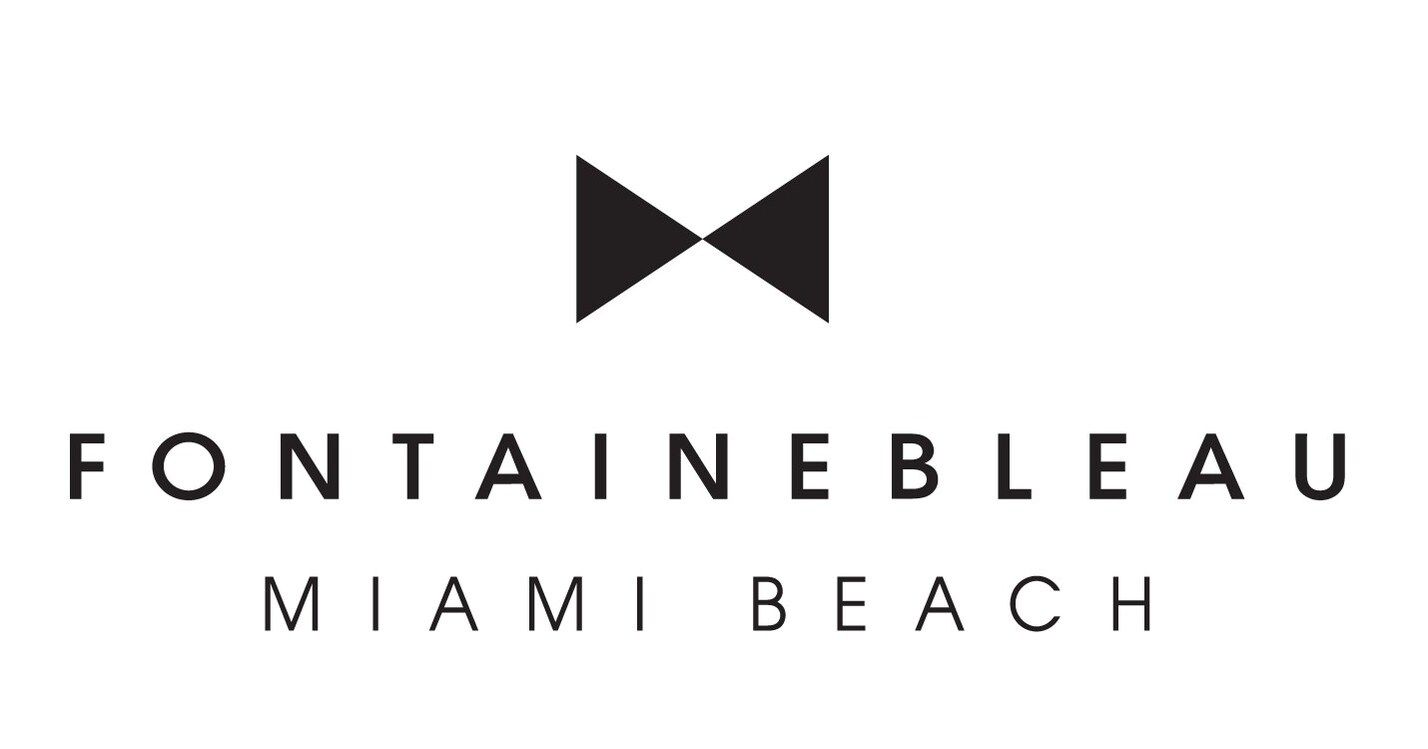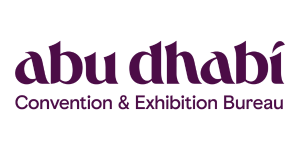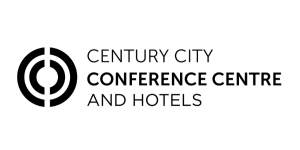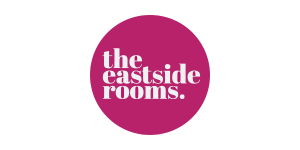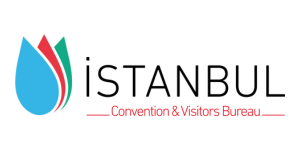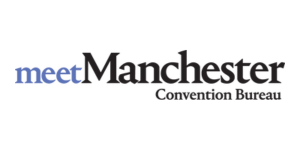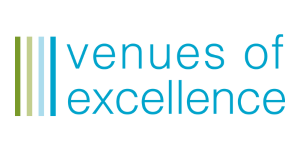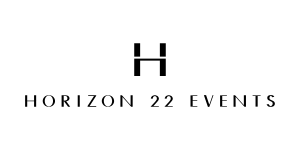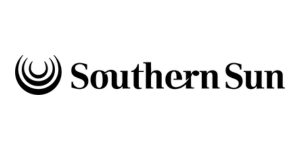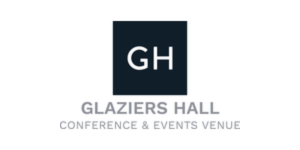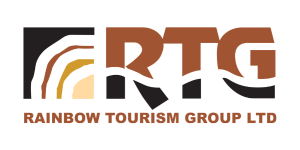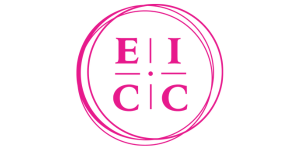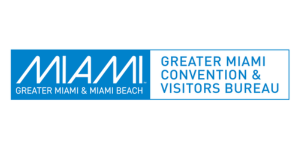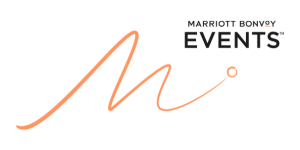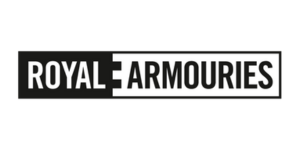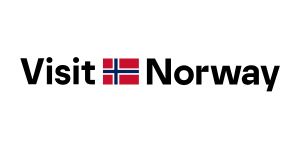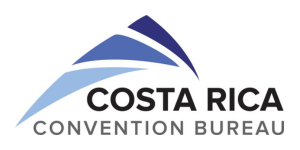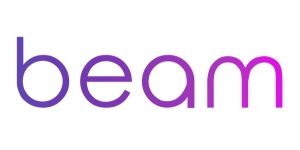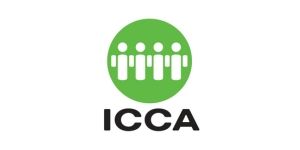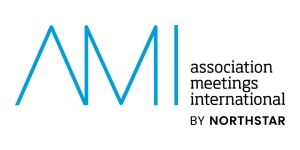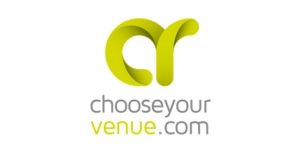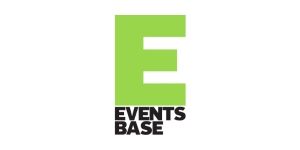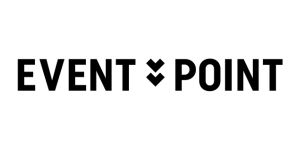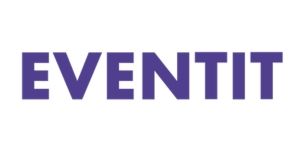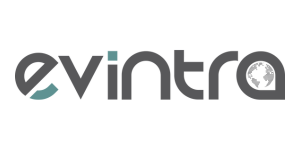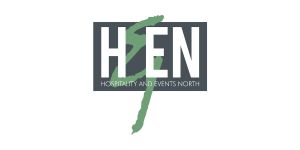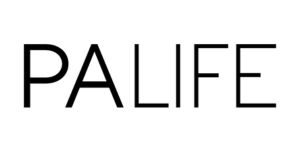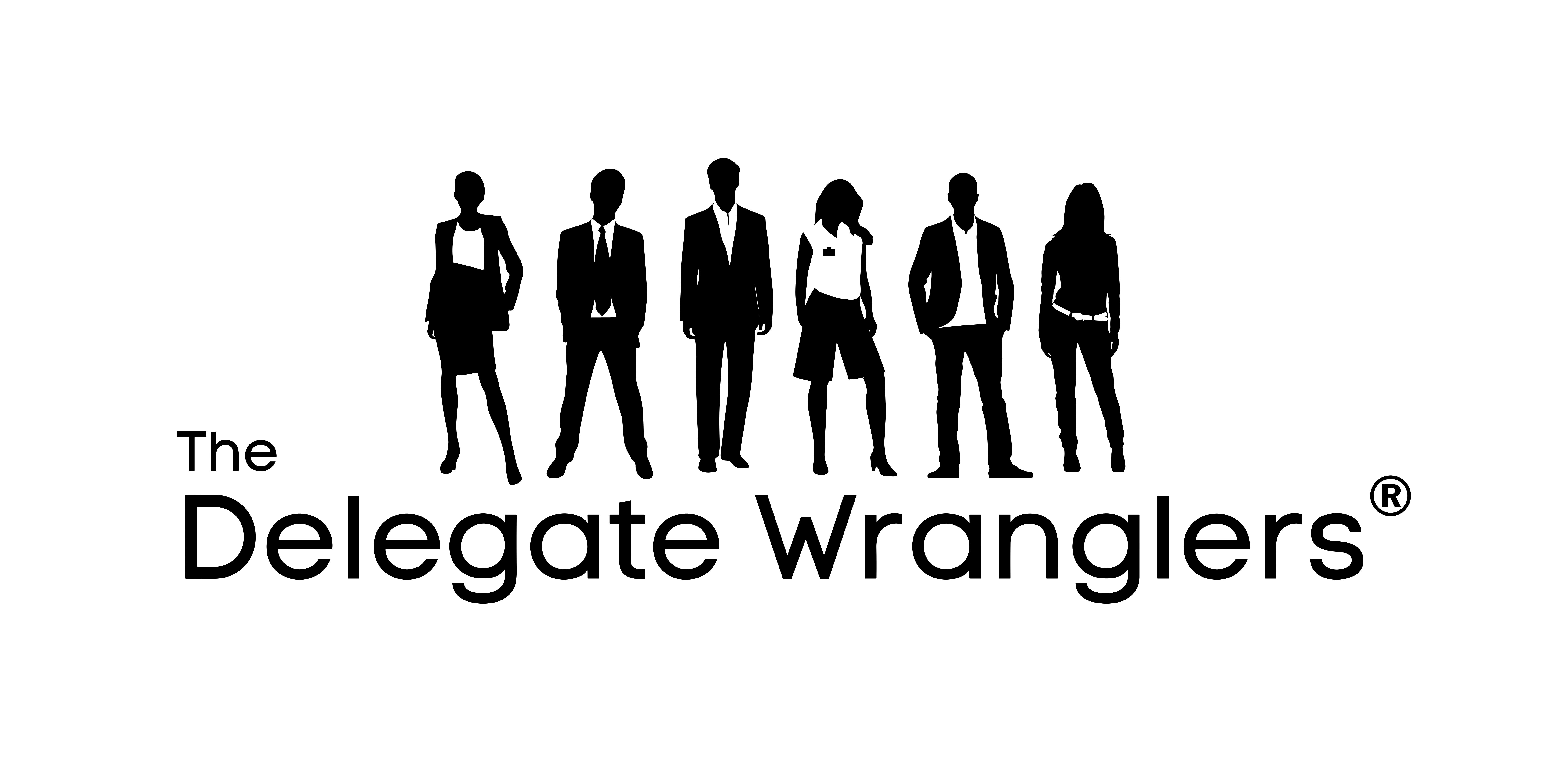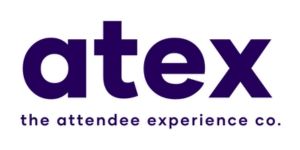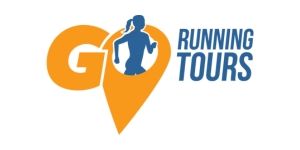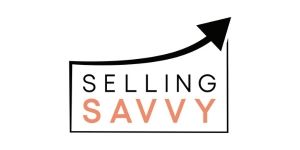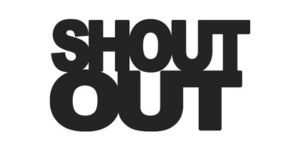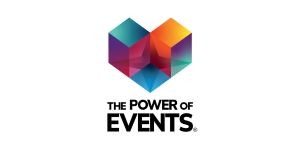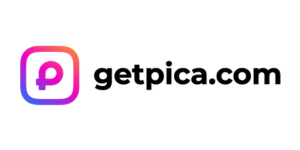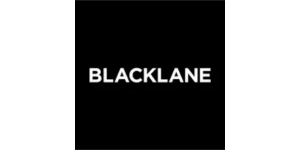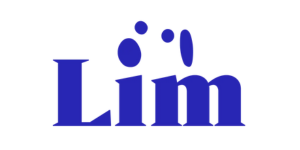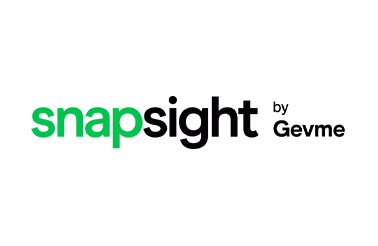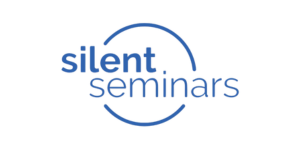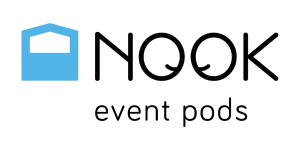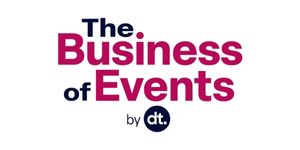Do your presentations go beyond the slide deck?
)
When giving a presentation or delivering an education session it’s all too easy to default to a PowerPoint and accompanying talk – but is that really the best way to engage audiences? Kursha Woodgate, brand and communications director at Slido, explains why it might be time to consider other options.
It takes a lot to grab our attention these days. The proliferation of social media and entertainment at our fingertips has certainly changed our expectations as consumers and made us more demanding as event participants. Yet many presentations still follow the traditional slides and speech format, with a Q&A if there’s time. Often there is little focus on interacting with the audience and giving them the voice they have become so accustomed to with social media.
Given the changes in how we communicate and our desire for more interaction, it begs the question: why are we so reliant on slides? Couldn’t we just have a conversation?
That might seem impractical with a large audience, but there are many different meeting formats and tools that can introduce a more conversational style.
I ran a campfire session (a small, informal group chat with no slides, usually while sat in a circle) at the Meetings Show this year on precisely this topic. I started by asking people ‘Why do we have events?’. Their responses included things like to inform, educate, share knowledge and more. If these are our goals for presentations at events, should we focus a little more on addressing different learning styles?
I like to think of incorporating elements that combine four ways of learning: see, speak, hear and do. If we include these elements in presentations, then we have a better chance of engaging more participants with different learning preferences. For example, giving people the chance to speak (perhaps discussing with a neighbour or small group), getting people to write down their thoughts, using powerful images or video, or getting people to stand up and move around in something like a human barometer.
There are numerous meeting formats that do not involve slides. Examples include fishbowl, world cafe, fireside chats, round tables, panels and campfires. At my campfire, for example, I used our own tool, Slido, to ask the audience some questions which they could respond to using their mobile devices (and I could see their responses on my mobile). With a larger than usual campfire group of over 25 and only 20 minutes to cover the topic, this really helped me to know what they wanted from the session and to understand some of their learning preferences.
Next time you’re planning a presentation, think of how you can go beyond the slide deck. You might just surprise yourself at what is possible.
For more information about Slido, visit www.slido.com




